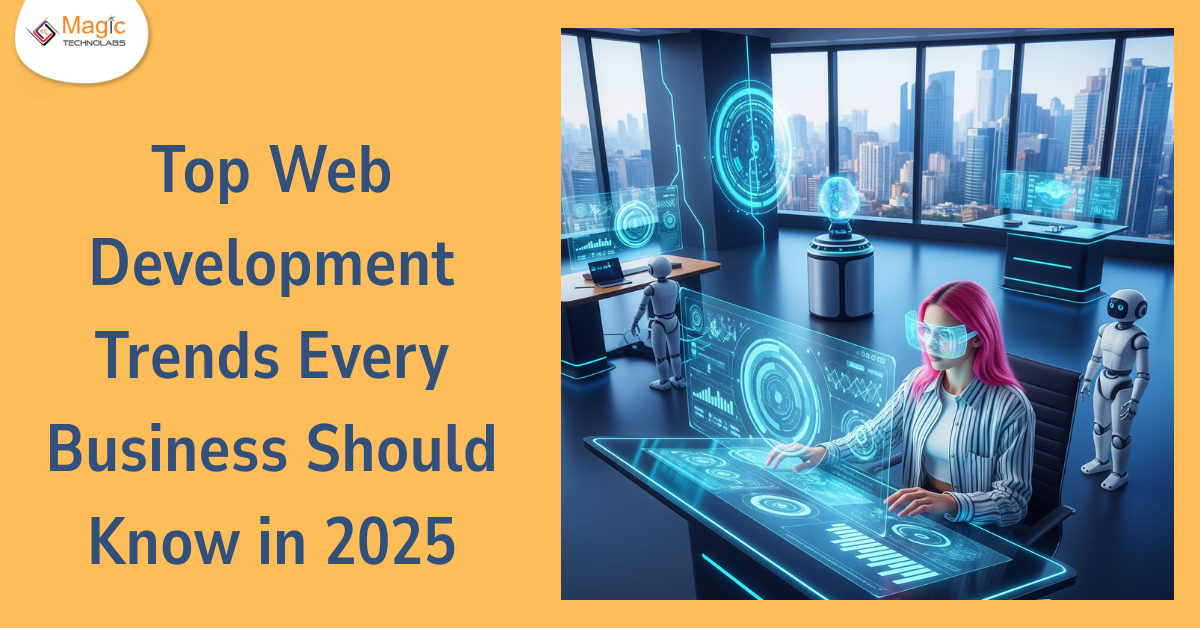The web is no longer static—it’s smart, scalable, and lightning-fast. In 2025, web development is more focused than ever on user experience, performance, security, and future-proof technologies. Whether you're a startup or an enterprise, staying on top of these web development trends is crucial to remain competitive online. Let’s dive into the top trends redefining the digital experience in 2025.
1. Progressive Web Apps (PWAs) Are Mainstream Now
PWAs offer the best of both web and mobile apps. They load faster, work offline, and boost engagement without requiring downloads from app stores.
Why it matters in 2025:
Enhanced performance across all devices
Lower development cost compared to native apps
Increased mobile conversions and engagement
2. Serverless Architecture for Scalable Performance
Serverless technology allows businesses to build and deploy apps without managing servers. It reduces costs and improves scalability.
Why it's a game-changer:
Automatic scaling
Lower operational overhead
Enhanced security and performance
3. Headless CMS for Seamless Omnichannel Delivery
In 2025, businesses want content to appear seamlessly across websites, mobile apps, kiosks, and more. Headless CMS offers content flexibility with backend/frontend separation.
Advantages:
Faster content updates
Personalized user experiences
Easy integration with any front-end technology
The internet is not what it used to be- it is intelligent, elastic and lightening-fast now. Web development in 2025 revolves more than ever around user behaviour, performance, the safety of the user and technologies which will provide future-proof developments. Any company or business, whether a startup or an enterprise, must follow these web development trends to be competitive in the internet world. It is time to explore the best trends that are revamping the digital experience in the year 2025.
















